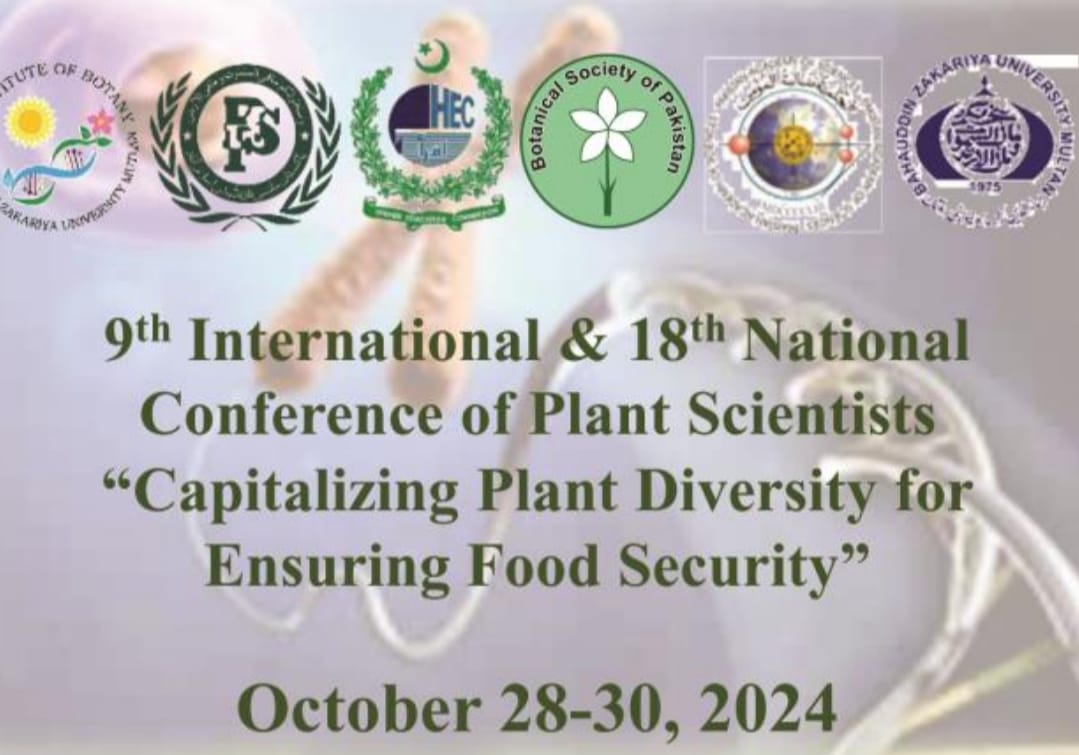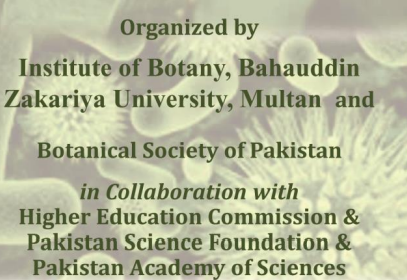-
-
-
-
-
-
-
-
-
-
-
-
-
-
-
-
-
-
-
-
-
-
-
-
-
-
-
-
-
-
-
MUHAMMAD ABDUL AZIZ1, MUHAMMAD ADNAN1*, SYED KAMRAN HUSSAIN2, ABEER HASHEM3, ABDULAZIZ A. ALQARAWI4 AND ELSAYED FATHI ABD_ALLAH*4
COMPARATIVE REGENERATION STATUS OF PINUS GERARDIANA IN TWO FOREST-USE TYPES OF SULAIMAN MOUNTAIN RANGE NEAR PAK-AFGHAN BORDER REGION: HISTORICAL, CURRENT AND FUTURE PERSPECTIVES
Download PDF
-
-
-
-
-
-
-
-
-
-
-
-
-
-
-
-
-
-


